We are on the cusp of the fastest, deepest, most consequential disruption of agriculture in history.
A new report by RethinkX called “Rethinking Food and Agriculture” shows how the modern food disruption, made possible by rapid advances in precision biology and an entirely new model of production called “Food-as-Software”, will have profound implications not just for the industrial agriculture industry, but for the wider economy, society, and the environment. This is a useful companion to “Growing Better: Ten Critical Transitions to Transform Food and Land Use” from the Food and Land Use Coalition and the Blended Finance Taskforce.
KEY FINDINGS
By 2030, demand for cow products will have fallen by 70%. Before we reach this point, the U.S. cattle industry will be effectively bankrupt. By 2035, demand for cow products will have shrunk by 80% to 90%. Other livestock markets such as chicken, pig, and fish will follow a similar trajectory.
Production volumes of the U.S. beef and dairy industries and their suppliers will decline by more than 50% by 2030, and by nearly 90% by 2035. In our central case, by 2030 the market by volume for ground beef will have shrunk by 70%, the steak market by 30%, and the dairy market by almost 90%.
The current industrialized, animal-agriculture system will be replaced with a Food-as-Software model, where foods are engineered by scientists at a molecular level and uploaded to databases that can be accessed by food designers anywhere in the world. This will result in a far more distributed, localized, stable, and resilient food-production system.
By 2035, about 60% of the land currently being used for livestock and feed production will be freed for other uses. This represents one-quarter of the continental U.S. – almost as much land as was acquired during the Louisiana Purchase of 1803. The opportunity to reimagine the American landscape by repurposing this land is wholly unprecedented.
Modern foods will be cheaper and superior to animal-derived foods. The cost of modern food products will be half that of animal products and they will be superior in every functional attribute – more nutritious, tastier, and more convenient with much greater variety. Nutritional benefits could have a profound impact on health, both in a reduction in foodborne illness and in conditions such as heart disease, obesity, cancer, and diabetes that are estimated to cost the U.S. $1.7 trillion every year.
Wider economic benefits will accrue from the reduction in the cost of food in the form of increased disposable incomes and from the wealth, jobs, and taxes that come from leading the way in modern food technologies.
Environmental benefits will be profound, with net greenhouse gas emissions from the sector falling by 45% by 2030. Other issues such as international deforestation, species extinction, water scarcity, and aquatic pollution will be ameliorated as well. By 2035, lands previously used to produce animal foods in the U.S. could become a major carbon sink.
IMPLICATIONS
Economic
The cost of modern foods and other precision fermentation products will be at least 50% and as much as 80% lower than the animal products they replace.
At current prices, revenues of the U.S. beef and dairy industry and their suppliers will decline by at least 50% by 2030, and by nearly 90% by 2035. All other livestock and commercial fisheries will follow a similar trajectory.
Farmland values will collapse by 40%-80%.
Major producers of animal products are at risk of a serious economic shock.
The average U.S. family will save more than $1,200 a year in food costs. This will keep an additional $100bn a year in Americans’ pockets by 2030.
By 2030, at least half of the demand for oil from the U.S. agriculture industry – currently about 150 million barrels of oil equivalent a year – will disappear.
Environmental
By 2035, 60% of the land currently used for livestock and feed production will be freed for other uses. These 485 million acres equate to 13 times the size of Iowa.
If all this freed land were dedicated to reforestation, all current sources of U.S. greenhouse gas emissions could be fully offset by 2035.
U.S. greenhouse gas emissions from cattle will drop by 60% by 2030, on course to nearly 80% by 2035. Even when the modern food production is included, net emissions from the sector as a whole will decline by 45% by 2030, on course to 65% by 2035.
Social
Higher quality, more nutritious food will become cheaper and more accessible for everyone.
Half of the 1.2 million jobs in U.S. beef and dairy production and their associated industries will be lost by 2030, climbing towards 90% by 2035.
The emerging U.S. precision fermentation industry will create at least 700,000 jobs by 2030 and up to one million jobs by 2035.
Geopolitical
Trade relations will shift as decentralized food production becomes less constrained by geographic and climatic conditions than traditional livestock farming and agriculture. Major exporters of animal products will lose geopolitical leverage over countries that are currently dependent upon imports of these products.

